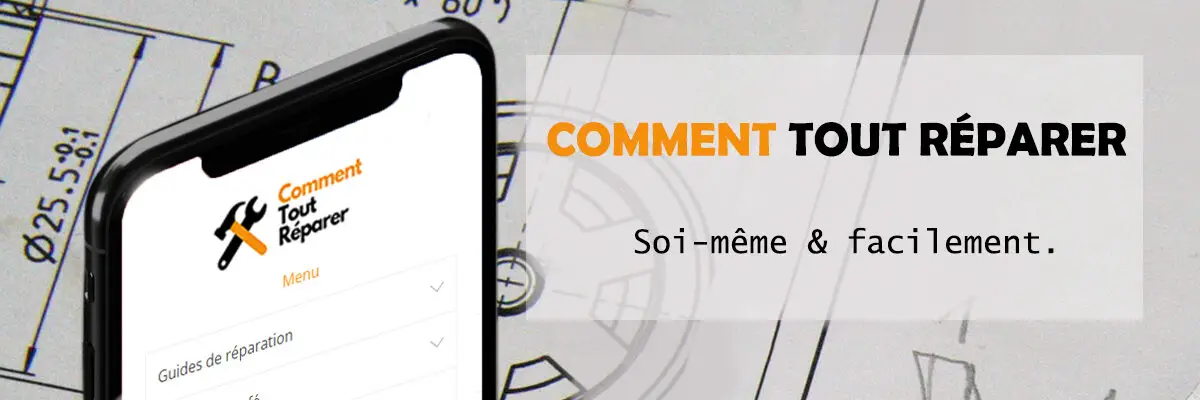Last update September 3rd, 2022
The Dolce Gusto must be descaled regularly, otherwise the limescale in the tap water (the amount depends on the hardness of the water) is deposited in the water circuit and causes breakdowns and premature wear of the coffee maker.
Here we explain how to descale a Dolce Gusto using the manufacturer’s descaling agents and how to descale a Dolce Gusto without any product.
When to descale a Dolce Gusto machine?
It is impossible to give a single figure, as the frequency of decalcification of a Dolce Gusto depends:
- of your daily coffee consumption;
- the hardness of the water used in the Dolce Gusto.
However, there are several things that alert you to the fact that it is time to descale the Dolce Gusto:
- the water does not flow out of the spout or does not flow out properly;
- the on/off button turns solid orange: thanks to this automatic alert, it’s impossible to forget to descale your Dolce Gusto!
The lower the lime content of the water you use, the less scale deposits there will be in your coffee maker. As a result, you will need to descale less often. If you use mineral water or a water softener in your Dolce Gusto, descaling once a year should be sufficient. If you do not use mineral water or a water softener, you may need to descale your Dolce Gusto every three or six months.
Why should I descale my Dolce Gusto regularly?
What happens if you forget to descale the Dolce Gusto regularly? Limescale will deposit in the machine’s components and even form small stones that will prevent the water from circulating.
The pressure in the water circuit will tend to decrease and the water pump will force to compensate. On the other hand, the heating of the water favours the formation of scale, an accumulation of scale deposits at the level of the resistance risks to damage it, etc.
As you can see, limescale damages many parts and causes breakdowns. Moreover, the taste of the coffee can change: you will not find its usual taste and will not enjoy good coffee recipes anymore.
Get the best Dolce Gusto deals on amazon
How do I prevent tartar in the Dolce Gusto?
This is a question that arises for all household appliances that use water. It is worth taking preventive measures because of the consequences that limescale deposits can have on the life and operation of the Dolce Gusto and other household appliances. There are two ways to reduce limescale deposits:
- use an anti-limescale ring;
- use filtered water (mineral water or use a water softener) to make your coffee.
Which descaler for my Dolce Gusto?
There are two types of descalers:
- descalers for Dolce Gusto, in the form of a kit at 7 euros, or compatible descalers at around 12 euros;
- natural descalers such as white vinegar, citric acid or bicarbonate of soda: these are generally not recommended by the manufacturer (especially white vinegar) as they will damage the coffee machine and leave a bad taste in the coffee.
However, it is possible to use them in an emergency and on a one-off basis to descale Dolce Gusto without the manufacturer’s products. We will give you the dosages below.
How do I descale my Dolce Gusto?
Here’s how to descale a Dolce Gusto with conventional descaling products:
- Press the on/off button for five seconds, when it flashes green and orange, the machine has gone into descaling mode.
- Put half a litre of water with the descaler in the water tank.
- Press the “hot water” button, let half of the water flow, then press “cold water” and let the second half of the water flow.
- Leave the descaler on for two minutes.
- It’s time to rinse: fill the tank with water and run it in the hot water position and then in the cold water position.
- The on/off button turns green when the Dolce Gusto has finished descaling.
How do I descale a Dolce Gusto without products?
Even if the manufacturers advise against it, descaling Dolce Gusto with natural products is effective and economical. However, it is important to remember that there is a real risk of damaging certain parts or giving the coffee a bad taste.
So it’s up to you if you want to try this type of decalcification of Dolce Gusto, but it’s at your own risk! Here are three ecological Dolce Gusto decalcifying solutions using natural products.
Descaling Dolce Gusto with white vinegar
Mix one third water and two thirds white vinegar and put it in the tank of the Dolce Gusto. Then proceed in the same way as for descaling with a conventional product. To make sure that the white vinegar mixture is properly removed, circulate clear water after descaling: the equivalent of one or two extra tanks.
Descaling Dolce Gusto with citric acid
Dilute 25 g of citric acid in 1/2 l of cold water and add it to the tank of the Dolce Gusto. Then proceed in the same way as for conventional descaling as described in the section ‘How to descale the Dolce Gusto ‘.
Descaling a Dolce Gusto with baking soda
Add a teaspoon of baking soda to 1/2 liter of cold water and put it in the tank of the Dolce Gusto. Then follow the standard procedure described in “How to descale the Dolce Gusto “.
Cleaning the Dolce Gusto
After descaling your Dolce Gusto, don’t forget to rinse your coffee maker. The various accessories can be cleaned with water and washing-up liquid. Wash them regularly if you use your coffee maker often. Rinse thoroughly with clean water to remove all traces of cleaner and keep your coffee tasting good.
